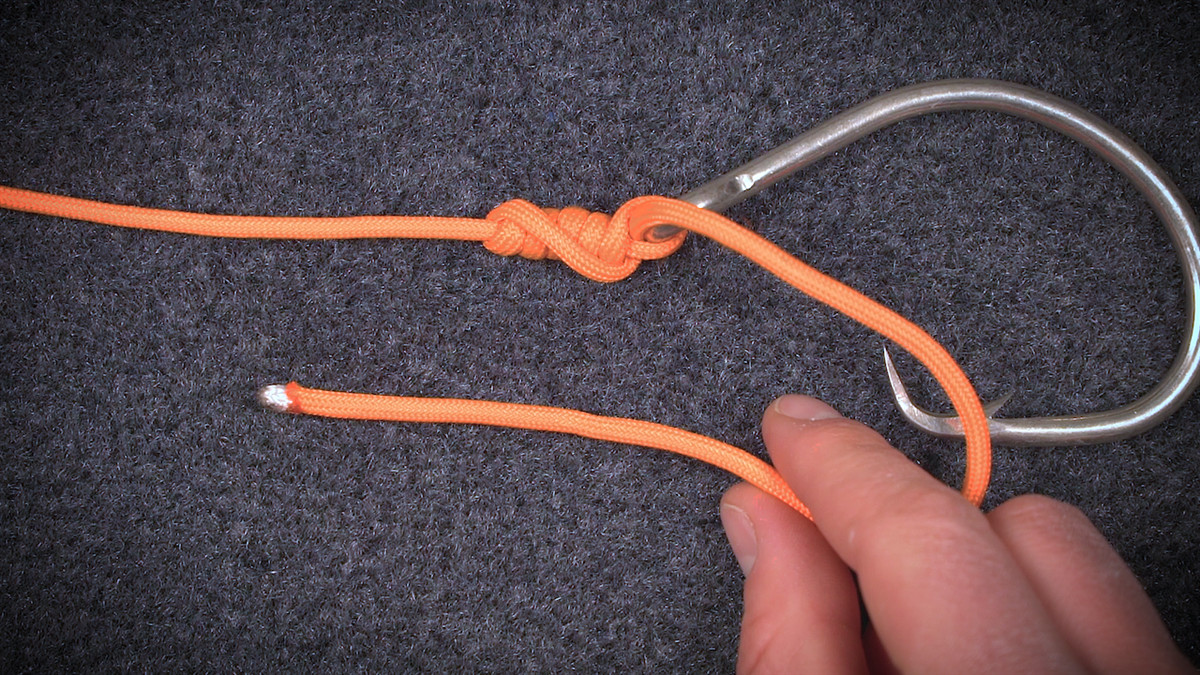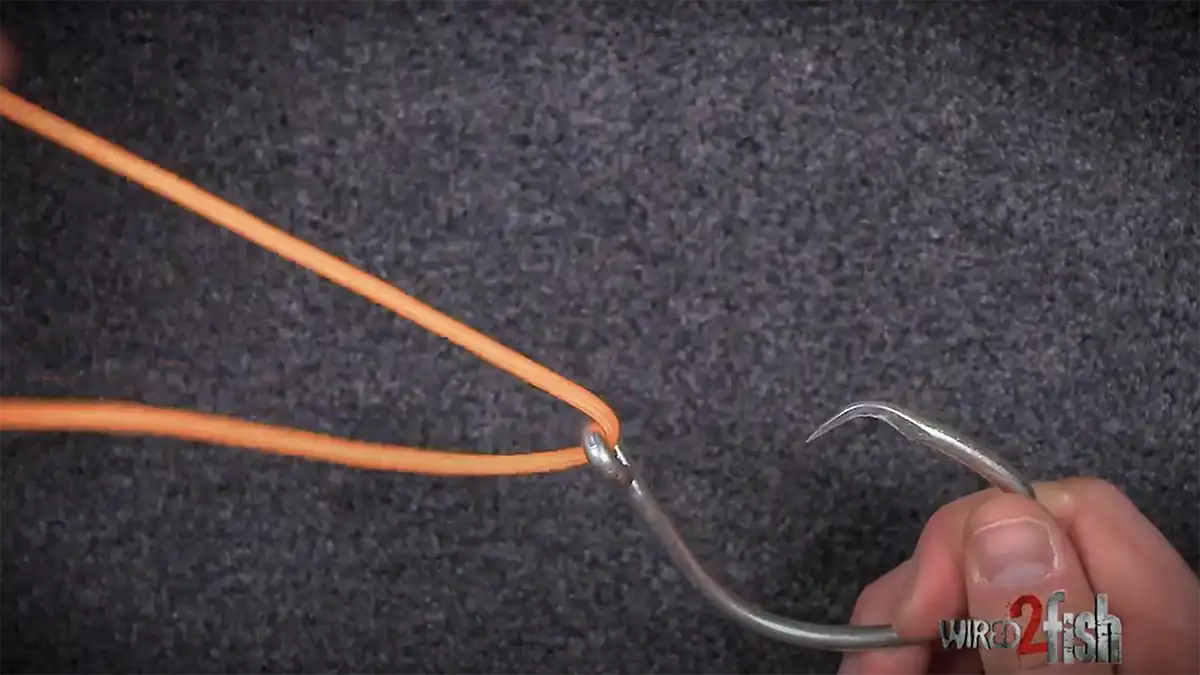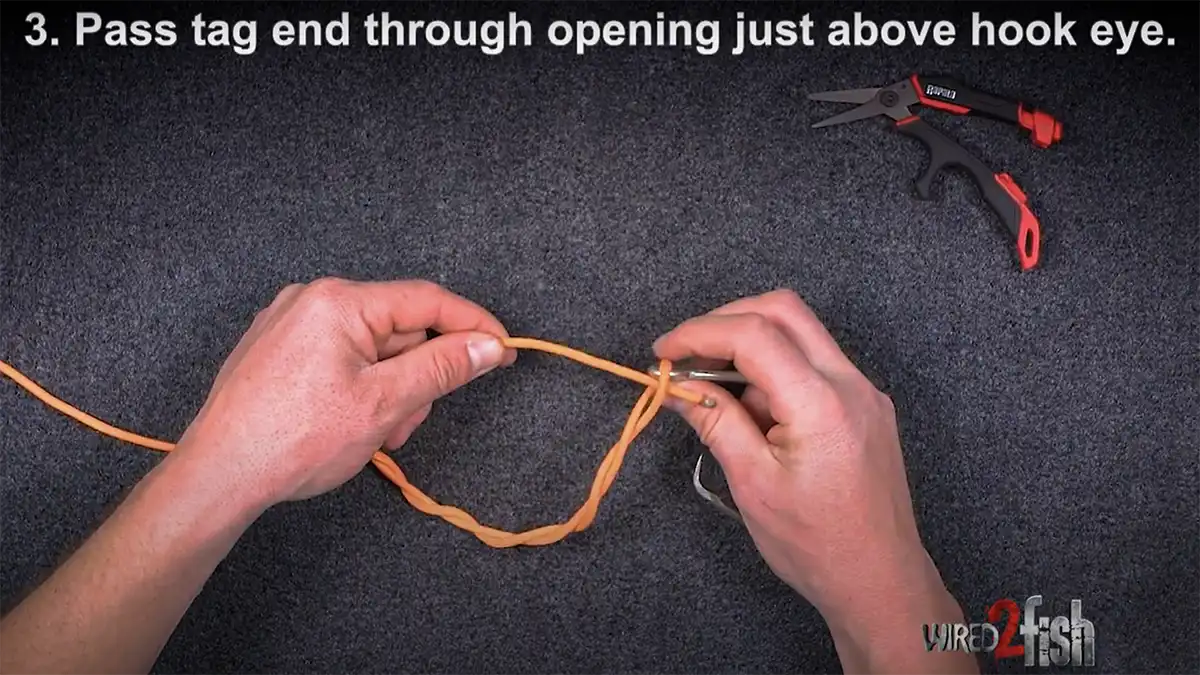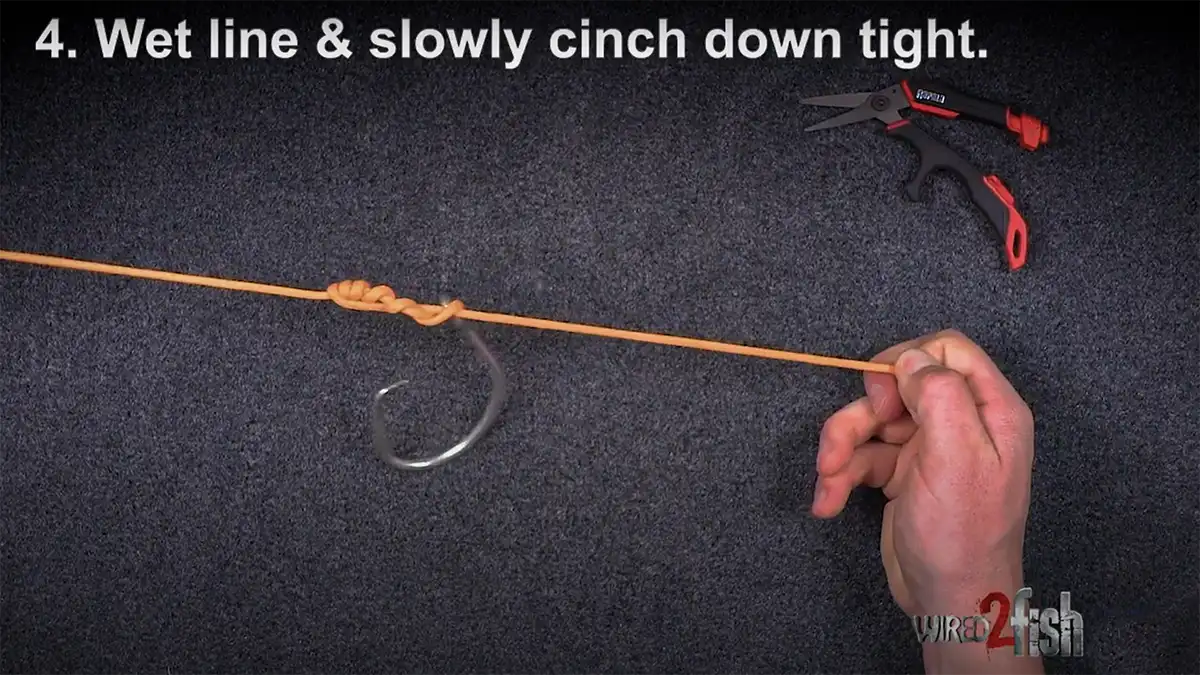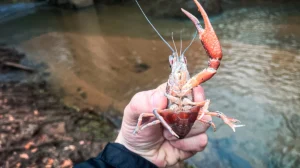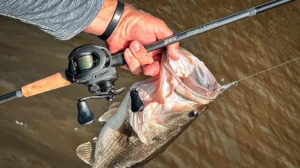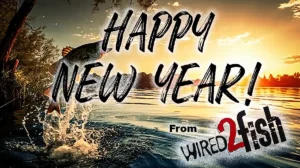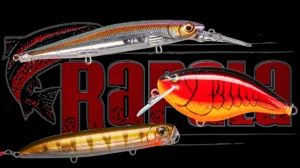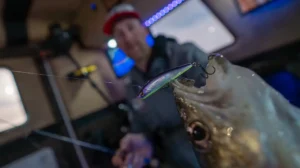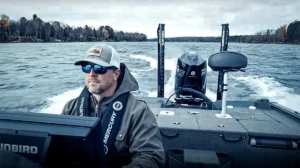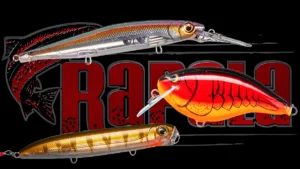The clinch knot is a foundational knot tied by millions of anglers worldwide. Also referred to as the cinch knot, it is perhaps one of the easiest and fastest fishing knots to tie. The clinch knot is reasonably strong, although you may experience slippage with slick lines such as braid. Add additional wraps to avoid this or consider adding the extra steps in the improved clinch or Trilene knot for a higher break strength and less slippage on your cinch knot. But if speed is paramount, the clinch knot is the go-to knot of many anglers.
Here is a quick rundown on tying the clinch knot and its implications.
How to Tie the Clinch Knot
- Pass the line through the eye of the hook or lure. Focus on keeping your lines straight parallel. Then pull enough tag through so that you can wrap several times up the line and then come back down through the loop at the bottom.
- Wrap the line around 5-10 times depending on how strong and how much slippage you think you will have. Keep your wraps uniform so they compress down on the knot when it’s pulled tight.
- Pull the tag end through the loop created just above the hook eye when you wrapped the line. Pull it down smoothly after you wet the line.
- Pull the line tight, focusing on keeping your wraps uniform and even as the knot tightens around the eyelet. As you cinch down the knot will get tight and come straight out of the eyelet.
When to use the Clinch Knot
This is a great knot when you need a small knot with a straight out of the eye type of pull. We use it a lot when I’m tying baits like crappie jigs on where I know I might get hung up in cover and have to retie a lot. You can tie this knot if 5 seconds and be back fishing instantly. On light lines it makes a lot of sense. Use a few more wraps to give it some more strength and avoid slipping. We leave a little more tag end on this knot to account for the knot slipping and pulling tighter as you fish or set the hook on it.
Clinch Knot is the Best Slip Knot for Beginners
This is one of the best knots to show beginners. It’s easy, it’s fast and it works. But most importantly it’s a great way to show new anglers how slip knots work and how the idea of slip knots apply to fishing. You want a quick slip knot that holds and has some strengthening properties then this is one of the best for fishing applications.
It was the first knot most of us learned to tie and we’re still tying it 20, 30, 40 years later.
Please read our Wired2Fish Fishing Knot Guide to learn all of the best knots for fishing or if you have any other questions regarding various types of fishing knots for similar and different applications. Also checkout our fishing line reviews to familiarize yourself with the best fishing lines.


